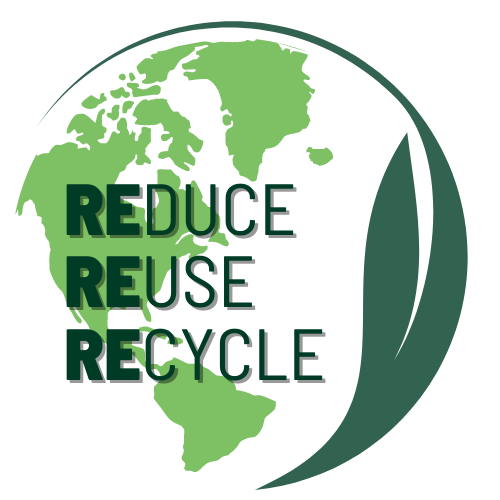http://www.greatocean.com.au/2014/10/29/volume-14/
http://www.greatocean.com.au/volume-1-4/
CONTENTS
104 A Bright and Lethal Tide
Elizabeth Claire Alberts
http://www.globalgarbage.org.br/biblioteca/Great_Ocean_Quarterly_A_Bright_and_Lethal_Tide.pdf
A BRIGHT AND LETHAL TIDE
Studying Plastic Ingestion by Seabirds on Lord Howe Island
by Elizabeth Claire Alberts
The turboprop aircraft begins its descent, dipping below a thin veil of
cumulus clouds. I press my head against the window, searching for land,
but only see the blue expanse of the Tasman Sea. Then the plane turns,
revealing a crescent-shaped island with steep volcanic peaks and
turquoise-tinted coral reef lagoons. I?ve arrived at Lord Howe Island,
commonly touted as ?paradise on earth? or ?Australia?s crown jewel.? It
lives up to its reputation, too, with its stunning outcrops and a rare
coral reef system ? the southernmost coral reef in the world. But I?m
not here to lap up the scenery or to partake in normal tourist
activities like scuba diving, kayaking or hiking. Instead I?ve come to
learn about the flesh-footed shearwater (Puffinus carneipes), the
largest ?muttonbird? to breed on Lord Howe Island, and to understand why
shearwater chicks wash up (or ?wreck?) on the island?s coastlines every
year.
I first meet Dr. Jennifer Lavers, a slender, fair-haired Canadian with
boundless energy, at a ?Two Hands Project? beach cleanup at Manly Beach
in Sydney. As we sift bottle caps, drinking straws and plastic fragments
from the hot sand, I ask about her work with flesh-footed shearwaters on
Lord Howe Island. These birds are threatened, she tells me, and she
believes that plastic ingestion has a lot to do with it. When
shearwaters mistake plastic for food, it can lead to starvation or
poison them with heavy metal contamination. Fledglings, or chicks, seem
particularly susceptible to death by plastic, probably because they
can?t cough it up.




